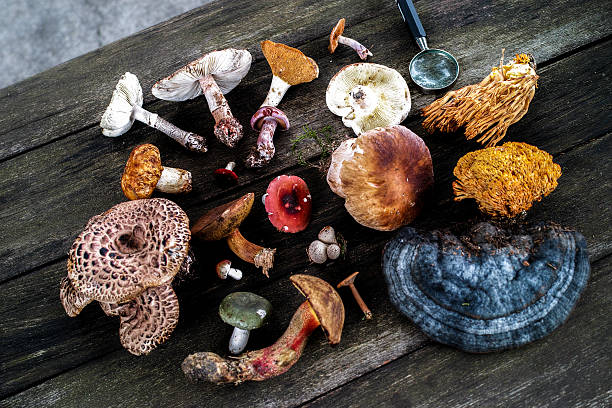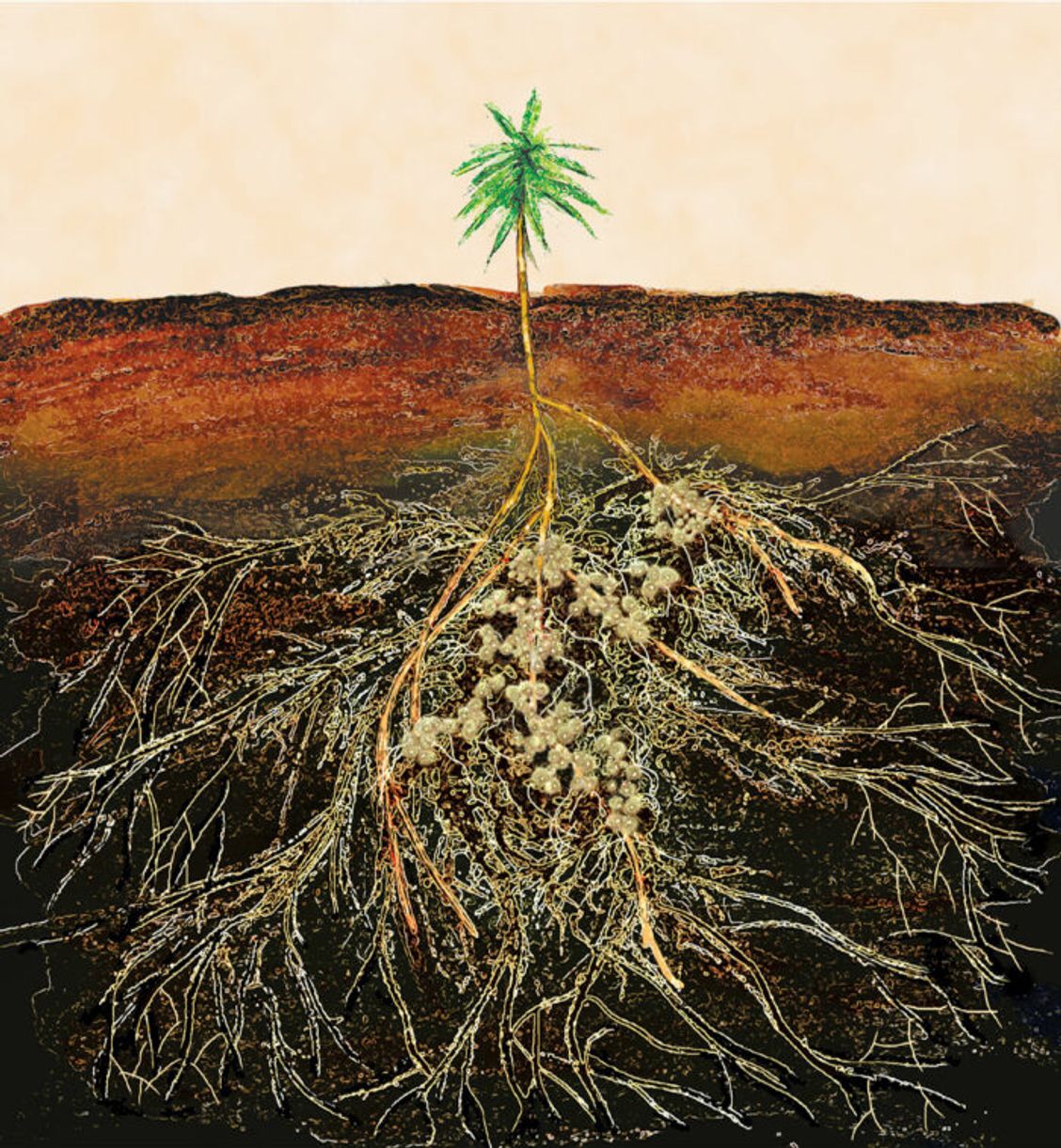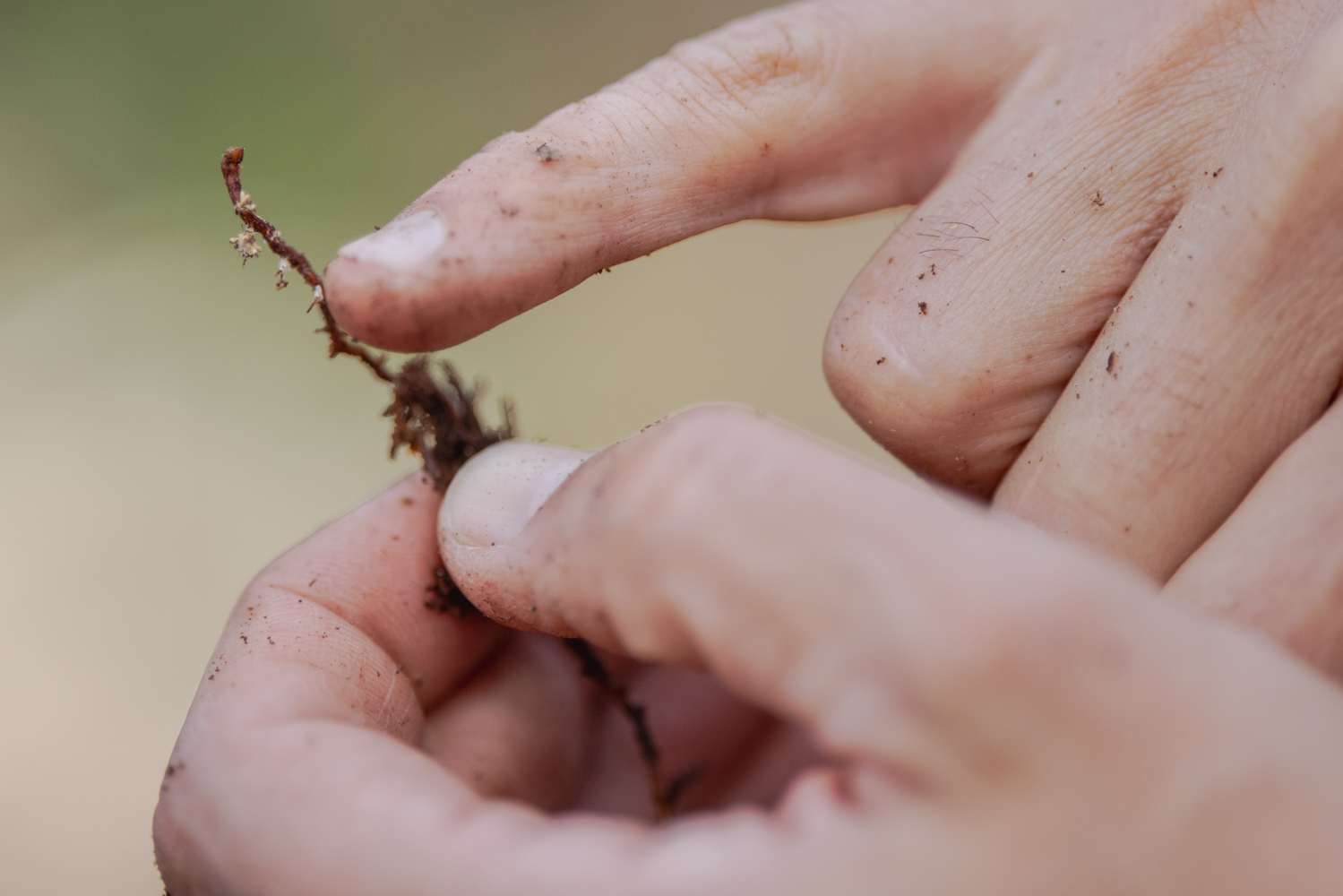Mycology

Mushroom foraging
Mushroom foraging is the practice of locating, identifying, and collecting wild fungi for food, study, or commerce. It combines field identification, ecological knowledge, and adherence to safety and legal frameworks to minimize risks from toxic lookalikes, contamination, and overharvesting. In many regions it is an important cultural activity and a contributor to non-wood forest product economies.

Mycorrhiza
Mycorrhiza (from Greek μύκης mykes, 'fungus', and ῥίζα rhiza, 'root') is a mutualistic symbiotic association between a fungus and a plant. The fungus colonizes the root system of a host plant, providing increased water and nutrient absorption capabilities while the plant provides the fungus with carbohydrates formed from photosynthesis. This association is crucial for the survival and health of the vast majority of terrestrial plants.

Mycorrhizal Networks
Mycorrhizal networks, also known as common mycorrhizal networks (CMNs), are underground hyphal networks created by mycorrhizal fungi that connect the roots of multiple plants, often of different species. These symbiotic associations facilitate the transfer of water, carbon, nutrients, and signaling molecules between plants, influencing ecosystem dynamics. The concept is popularly referred to as the "Wood Wide Web."